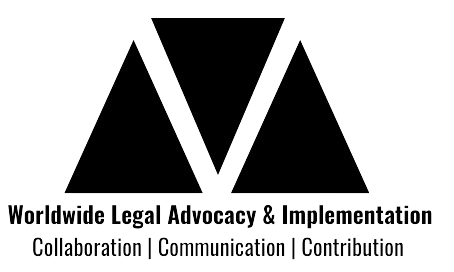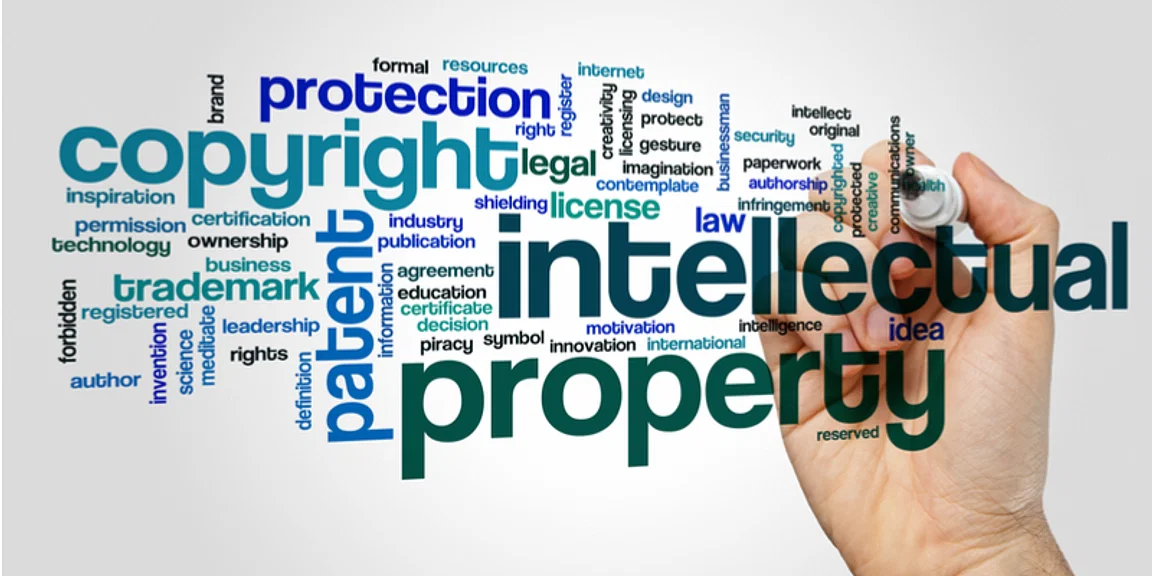Intellectual property rights and
laws have gained prominence. WTO members have signed the TRIPS agreement, which
forms uniform patent laws.
IPR is the legal right given to the
inventor or creator to protect his invention or creation for a certain period.
These legal rights confer an exclusive right to the inventor/creator or his
assignee to fully utilize his invention/creation for a given period.IPR is
intangible property that the inventor or creator possesses.
The
Universal
Declaration of Human Rights (UDHR) also refers to
intellectual property rights under Article 27 which states that “Everyone has the right to the protection of
the moral and material interests resulting from any scientific, literary or
artistic production of which he is the author.”
Reasons
for the Need for IPR Laws
●
To give legal protection to creation/inventions.
●
To facilitate fair trading.
●
Giving recognition to creators.
●
Preventing infringement of propriety
rights of creations of creators from unauthorized use.
●
Prevent someone else from benefiting from
the creator’s creation.
Problems
with IPR filing
●
It puts extra financial strain on the
creator for filing IPR.
●
It would put limitations on and
conditions imposed by law on the exercise of these rights (such as a limited
period of protection and compulsory licensing provisions) in the interests of
the general public.
●
The problem in India is the lack of basic
awareness, resources, and infrastructure that will help in asserting our
intellectual property rights.
●
It is also seen that individual inventors
also, willingly or unwillingly, sell their patents to multinationals because of
their financial considerations.
●
India lacks patent examiners, both
qualitatively and quantitatively, which leads to pendency and protracted
application examination periods.
●
Due to the file of IPR, costs of such
creations may also increase due to lack of competition.
3
types of rights can be filed under IPR
- Copyright
‘copyright’
concerns the rights of the creators/authors of literary and artistic works.
Copyright gives an author exclusive rights to his creation and prevents the
copying and unauthorized publishing of his work. Copyright protection begins at
the very moment a work is created. Copyright protects the following two rights
of the author:
1. Economic
rights i.e., the right of the owner to derive financial benefit from the use of
their works by others. For instance, the right to prohibit or authorize
reproduction of the work in various forms, the right to prohibit unauthorized
translation of the work, etc.
2. Moral
rights i.e., protection of non-economic interests of the author. For instance,
the right to oppose changes to work and the right to claim authorship, etc.
The following categories of works
typically come under copyright protection:
● Literary
works such as novels, plays, poems, and newspaper articles;
● Computer
programs and databases;
● Films,
musical compositions, and choreography;
● Artistic
works such as photographs, paintings, drawings, and sculptures;
● Architecture
and advertisements, maps, and technical drawings.
Once,
the copyright is filed no one else than the creator can sell, copy, display,
and lets for hire the creation. Copyright such as fair dealing in any work for
personal, private use or research, reproducing any work for a judicial
proceeding, or replication by a teacher or a pupil in the course of teaching,
etc. will not constitute copyright infringement.
In
India, copyright extends up to 60 years after the death of a creator.
2.
Patents
A
patent is an exclusive right granted for an invention or innovation, which
might be a product, a method, or a process, that introduces a novel way of
doing something or offers a new technical solution to a problem. It is
introducing new elements to already existing methods.
● The
patent owner possesses the exclusive right to prevent others from commercially
exploiting the patented invention.
● Third
parties are prevented from manufacturing, using, distributing, selling, etc.
the patented invention/product without the consent of the patent owner.
Any
violation of the rights of the patentee constitutes an infringement of the
patent. Under the Patents Act, Sections 47
and 107-A
provide for acts that shall not be considered as an infringement of the patent.
Patent
registration ensures the complete protection of your patent/invention against
any unauthorized use for 20 years. Patent registration allows the patentee to
enjoy a monopoly in the market as regards your invention during the period of
patent protection. Patent registration confers the exclusive right to exploit
the patent on the patentee or his licensee or assignee.
2.
Trademark
A
trademark is a mark capable of graphical representation and which can be used
to distinguish the goods or services of one person from those of others. Any
trademarked symbol may be just a letter, logo, third dimension symbol, design,
or numeric. Trademarks used in connection with services such as tourism,
banking, etc., are called Service Marks.
Trademarks
give goodwill to a business. It can be used as an identification mark about the
source of the product. It also is an advertisement for the business. It also
serves as legal protection for the brand and prevents people from imitating the
brand.
A
registered trademark is an intangible asset that adds value to the business.
Trademark registration aids in creating brand value and gaining a strong
position in the market. The registered trademark holder has the exclusive right
to use that mark and to obtain relief in case of infringement of the trademark.
Conclusion
IPR
is upcoming and is a niche side of the law. It is a field of law that works
with companies, new technologies, art, etc. While patent filings are increasing
throughout the world, India is lagging due to unawareness about the filing of
patents.




